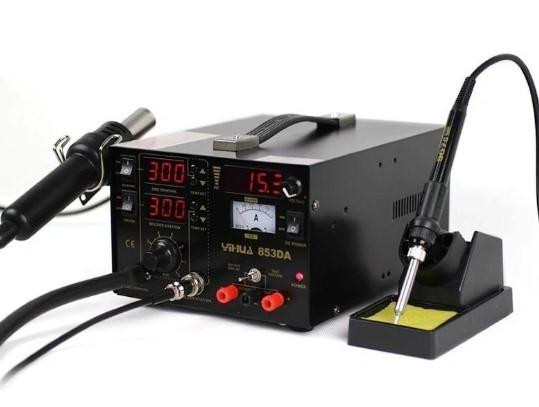The Essential Guide to LED Screen Maintenance: Ensuring Longevity and Optimal Performance
LED screens have become an integral part of our modern lives, serving as vibrant displays for various applications. To ensure their longevity and optimal performance, regular maintenance is essential. This guide will provide you with valuable insights into LED screen maintenance, including tips, best practices, and the importance of proactive care. By implementing proper maintenance techniques, you can extend the lifespan of your LED screen and enjoy uninterrupted visual excellence.
Understanding LED Screen Components
Before delving into maintenance practices, it is important to understand the key components of an LED screen. LED screens consist of individual light-emitting diodes (LEDs) arranged in a matrix. These LEDs emit light, creating the images and videos displayed on the screen. Additionally, LED screens have other components such as control systems, power supplies, cooling systems, and protective layers. A comprehensive maintenance routine encompasses care for each of these components to ensure the overall health and performance of the LED screen.
Regular Cleaning and Dust Removal
Regular cleaning is a fundamental aspect of LED screen maintenance. Dust and dirt accumulation can affect the clarity and brightness of the screen, diminishing its visual impact. To clean your LED screen, use a soft, lint-free cloth or a microfiber cloth dampened with a mild cleaning solution. Gently wipe the screen surface in a horizontal or vertical motion, taking care to avoid applying excessive pressure.
In addition to regular cleaning, periodic dust removal is crucial to prevent particles from settling inside the screen and affecting the internal components. Utilize compressed air or a specialized electronics dusting tool to carefully remove dust from the screen and its surrounding areas.
Temperature and Humidity Control
Proper temperature and humidity control are vital for maintaining the performance and longevity of an LED screen. Excessive heat can damage the internal components, while high humidity levels can lead to condensation and moisture-related issues. Ensure that the operating temperature of the LED screen falls within the manufacturer’s recommended range. If necessary, employ cooling systems or ventilation to regulate the temperature.
Similarly, monitor and control the humidity levels in the environment where the LED screen is installed. Implement dehumidifiers or humidifiers as required to maintain optimal humidity levels. By controlling temperature and humidity, you can mitigate the risk of component failures and preserve the overall functionality of the LED screen.
Power Management and Surge Protection
Proper power management is crucial for LED screen maintenance. Ensure that the screen is connected to a stable and reliable power source, and avoid frequent power interruptions or fluctuations. Sudden power surges or outages can negatively impact the LED screen’s internal circuitry and cause irreversible damage. Implement surge protectors and uninterruptible power supply (UPS) systems to safeguard against power-related issues.
Regular Inspections and Professional Servicing
Perform regular visual inspections of your LED screen to identify any visible signs of damage, loose connections, or abnormal behavior. Promptly address any issues by contacting a professional LED screen maintenance service provider. Regular professional servicing, including thorough inspections, software updates, and component testing, can help identify and resolve potential problems before they escalate. Professional technicians have the expertise and specialized tools to handle complex maintenance tasks, ensuring the continued performance and longevity of your LED screen.
For More Info:-

